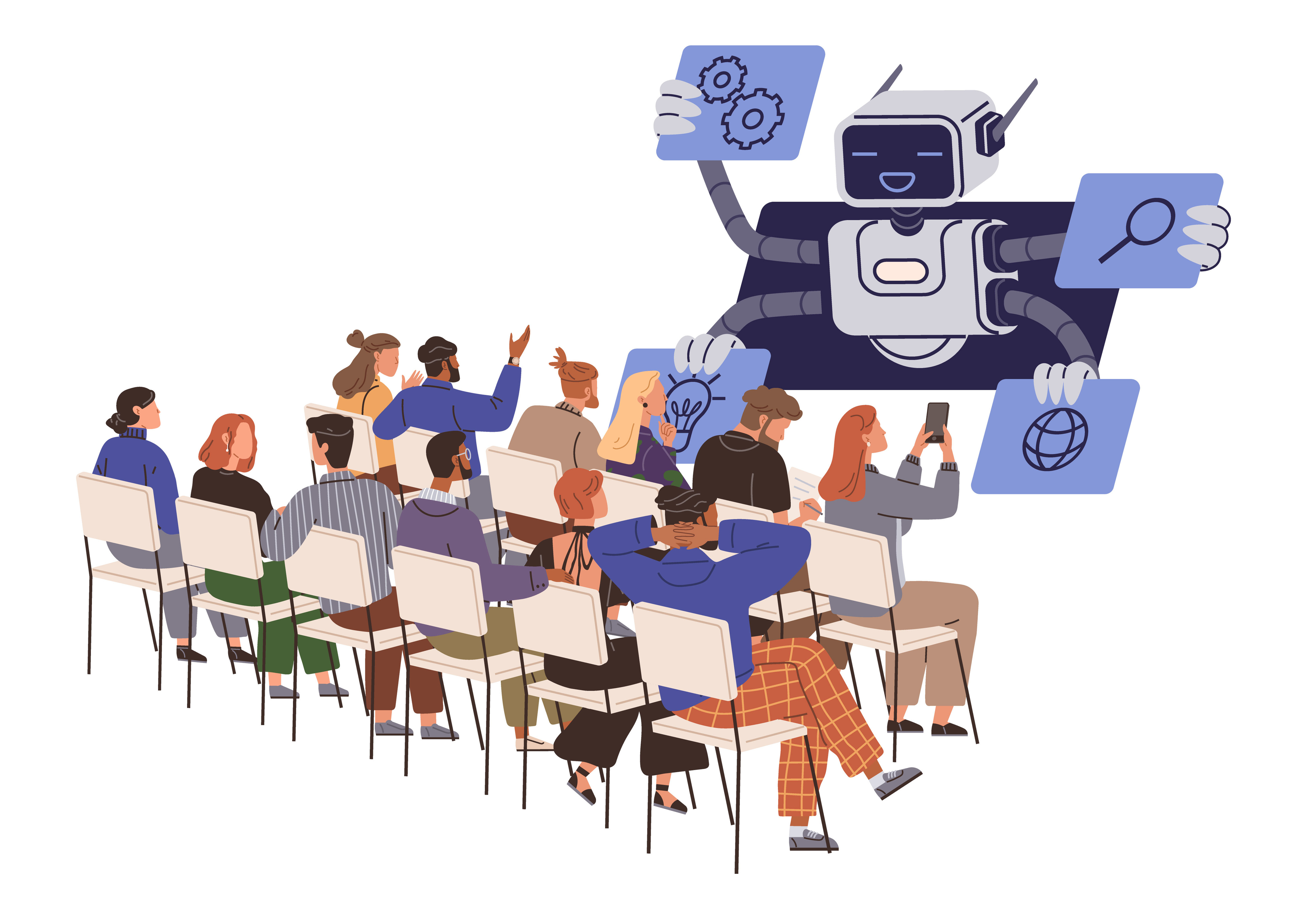Every bid — whether we win or lose — leaves behind a trail of insights: what went right, what could have gone better, and what strategies truly resonated with the client. Every bid has a few make-or-break points.
Teams meet to discuss these lessons in post-bid reviews. However, once the meeting ends, most of those valuable discussions remain trapped in transcripts, emails, or people’s memories, or in individual team channels.
As Knowledge Managers, we often realize that these conversations are gold mines of reusable knowledge, yet we rarely have a systematic way to capture, curate, and share them.
This is where AI can step in as a silent observer, converting what’s said (and unsaid) in those meetings into structured, reusable knowledge assets that inform the next proposal.
Imagine This Workflow
- A Teams meeting is held for a review of won/lost bids.
- The discussion is automatically recorded and transcribed.
- AI processes that transcribe, extracting:
- Key success or loss factors
- 3 lessons learned
- A summary in plain English
- Action items, owners, and due dates
- Key success or loss factors
- Within minutes, a “Bid Lessons” page is created in SharePoint — complete with tags, links to the recording, and quotes from the discussion.
- The Bid Lead gets a Teams notification to review and approve it.
- Once validated, it’s published in the KM library — searchable by keywords, client name, or even “Why did we lose on pricing last year?”
That’s AI-powered KM in action: capturing tacit knowledge from human conversation and turning it into institutional memory.
Why It Matters
Traditionally, lessons learned are captured manually, often long after the project ends. By then, details fade, and enthusiasm wanes.
With AI-driven capture:
- Speed improves: knowledge is captured while it’s still fresh.
- Accuracy increases: the AI extracts key moments and direct quotes.
- Tacit insights become explicit: the nuances shared informally now become part of your corporate playbook.
- Searchability skyrockets: thanks to AI tagging and summaries, others can find lessons in seconds.
AI Makes It Possible — KM Makes It Valuable
AI can do the heavy lifting — transcribing, summarizing, tagging — but KM gives it meaning through:
- Governance and structure
- Validation and storytelling
- Taxonomy alignment
- Continuous improvement
Think of AI as your co-pilot for capture, not a replacement for curation.
When fully adopted, this system:
- Reduces duplication of mistakes in future bids
- Speeds up learning cycles across regions
- Enables data-driven analysis of win/loss patterns
- Helps new team members onboard faster with ready insights
In other words, your post-bid reviews evolve from routine meetings to strategic learning assets.
Just remember – You don’t need to wait for a big AI overhaul. Start small — automate one meeting’s transcript capture, generate a summary, and upload it as a SharePoint “Bid Lesson.”
Once your leaders see the immediate value, scale it across the practice.
Next in This Series
In the next AI use case, we’ll explore how AI can support content tagging and recommendation in a knowledge repository — making it easier for users to discover the right proposal templates or case studies instantly.
_________________________


.jpeg)


.png)
.png)
.png)
.png)